Pattern
Using figurative or abstract patterns as decoration on ceramics was also very popular in ancient Chinese pottery. Although the meanings these patterns represent are often similar, such as symbolizing prosperity, longevity, wealth, and other aspirations, it is noteworthy that some abstract and highly decorative works were simply meant to express the unique aesthetic effects of strokes and lines of Chinese brushwork, without any moral implications.
During the Ming and Qing dynasties, imperial ceramics employed specific patterns, such as fish and algae motifs or lotus petal designs, to symbolize the emperor's hope that his officials would be "honest and public-spirited." Some other patterns were designated only for religious beliefs, such as the "Eight Treasures" motif representing Buddhist elements. The Ailin Museum has two rare blue and white plates decorated with crosses, flowers, and cranes (link), reflecting the prevalence of Eastern Christianity (Nestorianism) among some Mongol tribes during the Yuan dynasty.

-500x600-category_image.jpg)
-500x600-category_image.jpg)
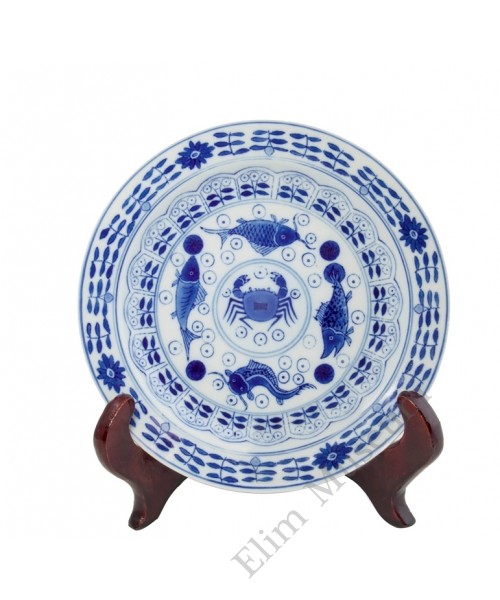
-500x600-category_image.jpg)
-500x600-category_image.JPG)
-500x600-category_image.JPG)
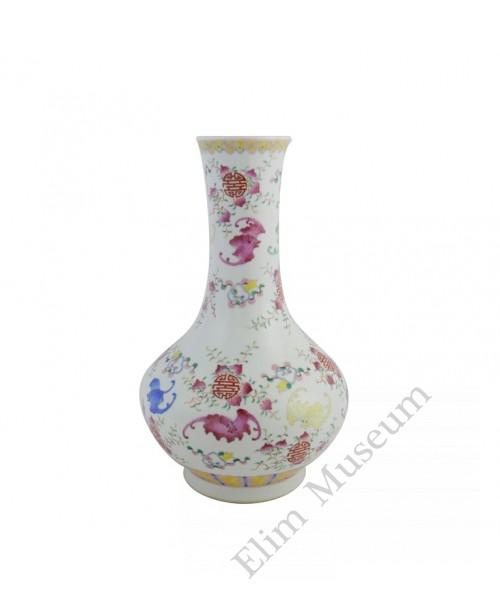
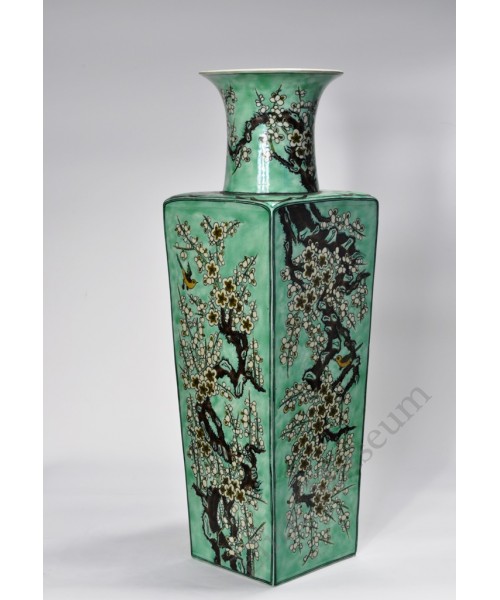

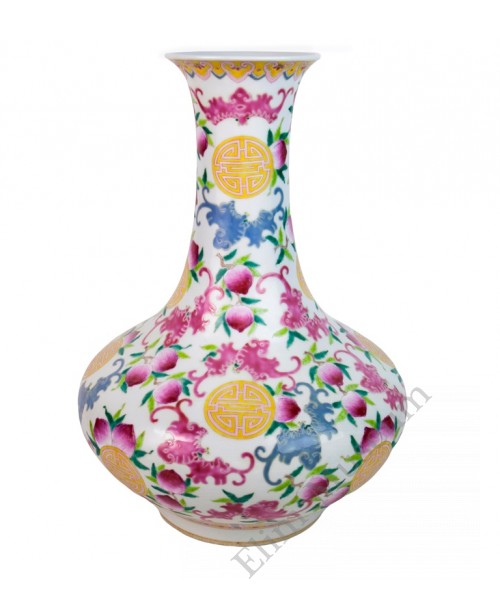

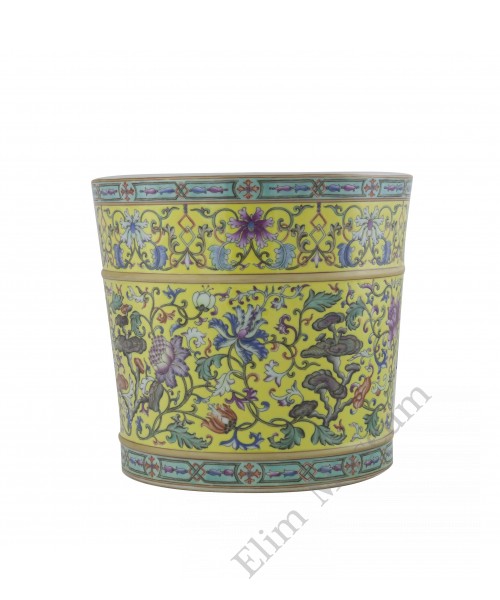
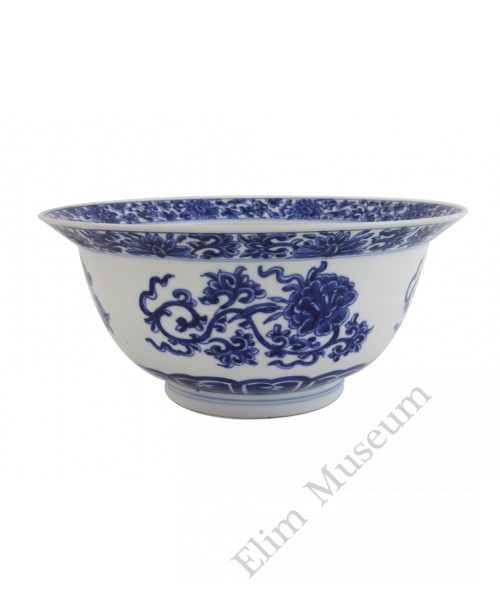



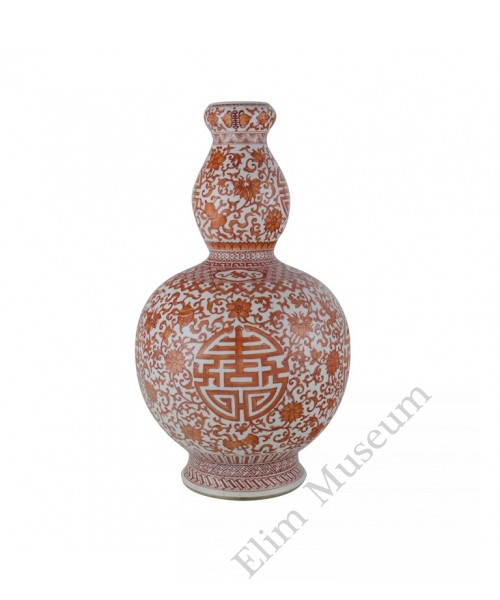
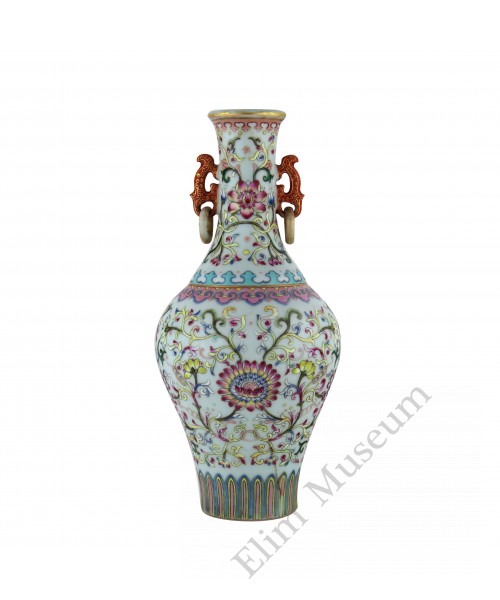

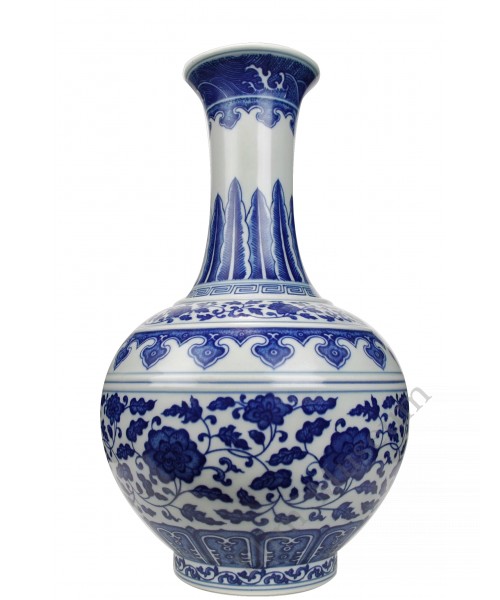
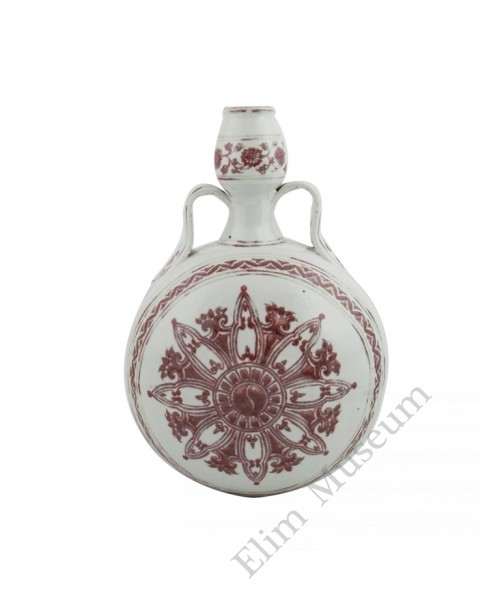

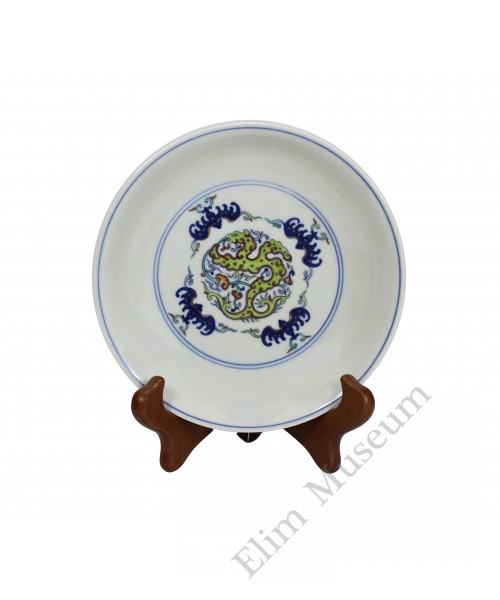
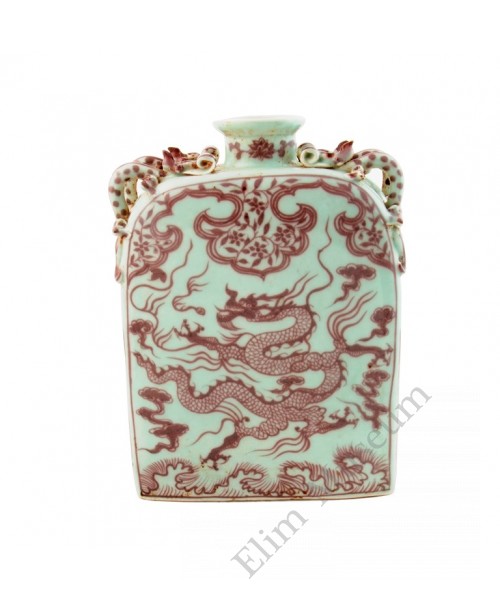

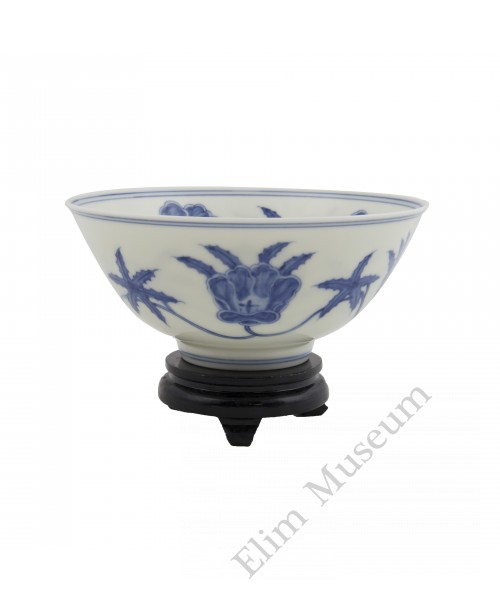


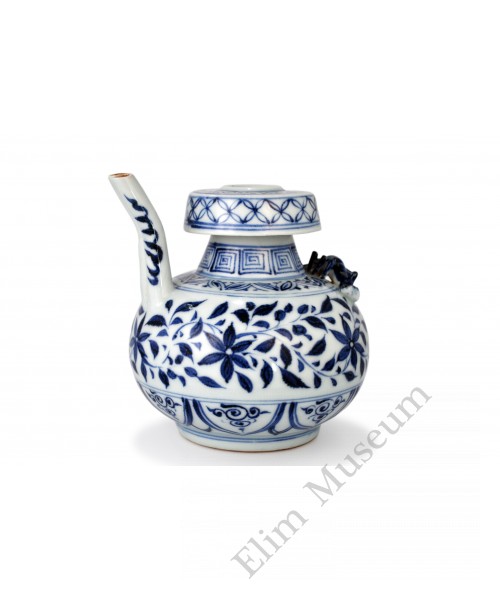
/DSC_0059-500x600-category_image.jpg)